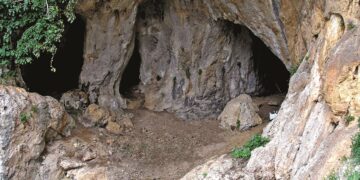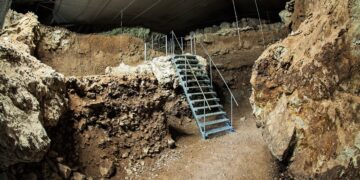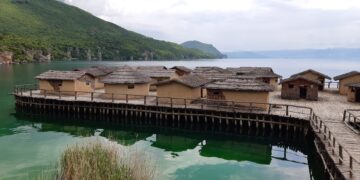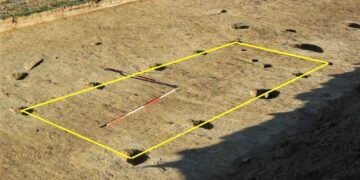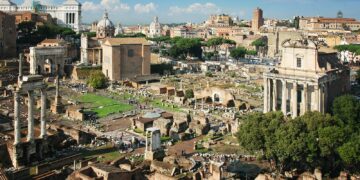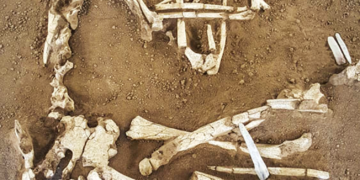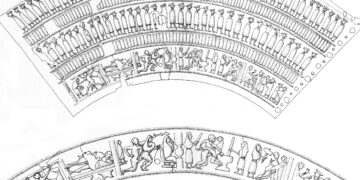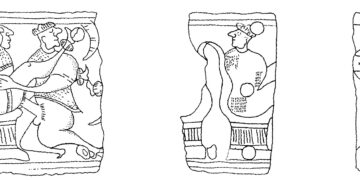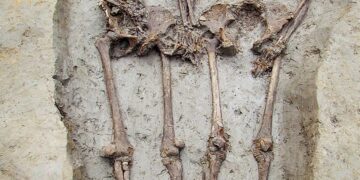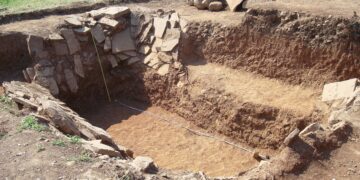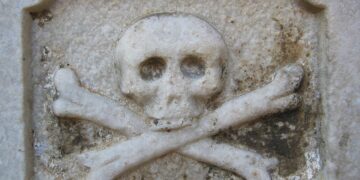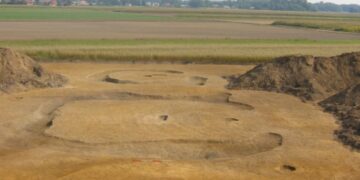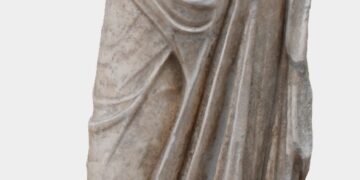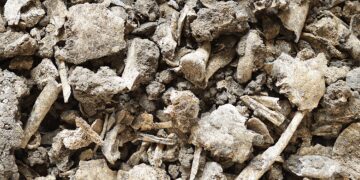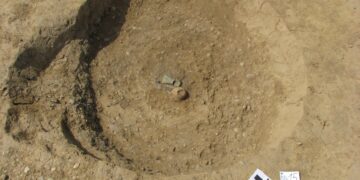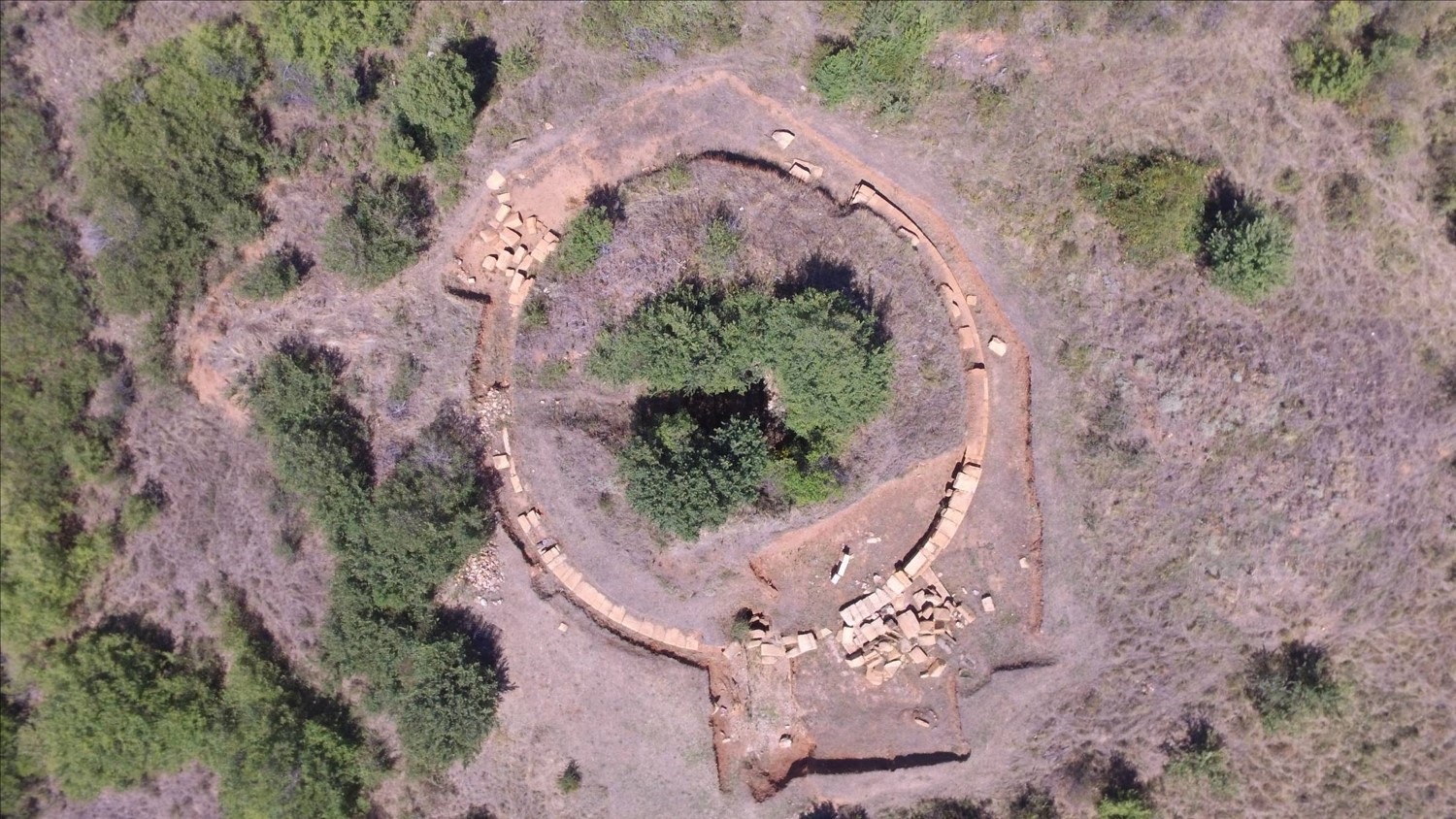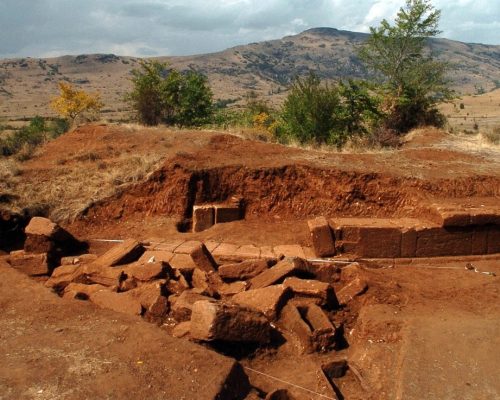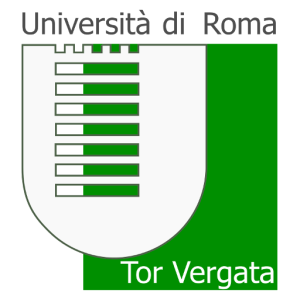Staro Bonče is a complex of more than 17 archaeological sites that extends over the mountain range of Selečka Mountain – in the landscape that was most probably the location of the ancient city of Pelagonia, the capital of the kingdom and the capital of the Fourth Macedonian Merida. Perhaps the most important among them is the great tumulus of Pavla Čuka. Its grave chamber was most probably robbed by the soldiers digging there during the First World War, but the remaining architecture of a tumulus with a diameter of 100 meters still indicates its importance. In the archaeological narrative, the grave was described as a royal and numerous popular discussions violently tried to ascribe it to Alexander the Great.
During its construction before the entrance into the dromos, a building was constructed that was interpreted as being a heroon, a small sanctuary dedicated to the worship of the deceased. The position of graves in the 4th century AD demonstrates that the tumulus was already partly demolished but still accepted and respected as a cult place. But for whom was it erected in the first place – according to its architecture it was built at the end of the 4th or beginning of 3rd century BC for a Pelagonian basileus whose name still has to be discovered. Perhaps it is worth mentioning that Staro Bonče village in the Selečka Mountains is also the locality where the most beautiful and (even giant) almandines can be discovered in Northern Macedonia.

